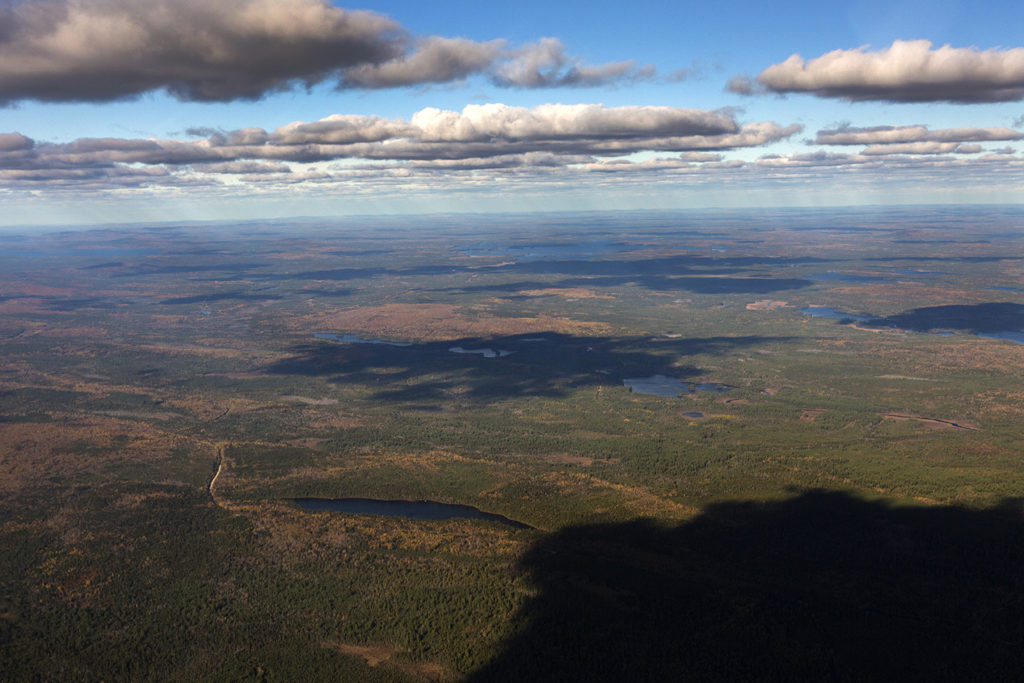Forest-to-Cities Climate Challenge of New England Forestry Foundation

Landscape photo of Downeast Maine—home to the spruce and fir that are the primary Northeastern US tree species approved for use in cross-laminated timber. Photo Credit: Lauren Owens Lambert.
Written by Jennifer H. Shakun, NEFF.
We are in the midst of an important national conversation about the role of forests in climate change mitigation—one which often centers on the perceived tension between the role of forests as a natural mechanism for carbon capture and storage, and their role as a source of renewable raw materials. Of course, with the right management approach, it is possible to achieve both of these goals on portions of the forest landscape. This is critical because there can be big climate benefits when wood is substituted for more carbon-intensive materials (like plastic, steel, and concrete). In particular, there is potential to take the carbon savings from wood substitution to a whole new scale by satisfying growing housing demand in densely populated areas with the construction of mid- and high-rise mass timber buildings. But we can’t have climate-friendly wood products for this construction without a local wood supply from well-managed forests that continue to store carbon and provide other ecosystem services—truly sustainable solutions must recognize how our natural, economic, and socio-political systems are interconnected.

Graphic provided by New England Forestry Foundation
It is in this spirit that New England Forestry Foundation launched the Forest-to-Cities Climate Challenge (www.ForesttoCities.org). The effort brings together a broad array of stakeholders from different segments of the value chain—from those that grow the trees (landowners, foresters, conservation groups) and build the materials and buildings (sawmills, engineered wood manufacturers, architects, engineers) to those who are shaping the future of how we will live in the built environment (policy makers, planners, climate and housing advocates)—all in an effort to link lower-carbon mass timber construction in New England with the local forests that sustainably generate wood for them. Participants sign a simple pledge that articulates this vision. The Forest Stewards Guild was an early signatory and Guild members (along with colleagues in related fields) are the essential first piece of this value chain because none of the ensuing climate benefits are possible without thoughtful stewardship of our working forests. With a critical 20 to 30 year window in front of us for climate mitigation, the forest sector can be a leader in developing these kinds of holistic, cross-sector solutions that maximize our efforts to address the challenges of a warming planet.
